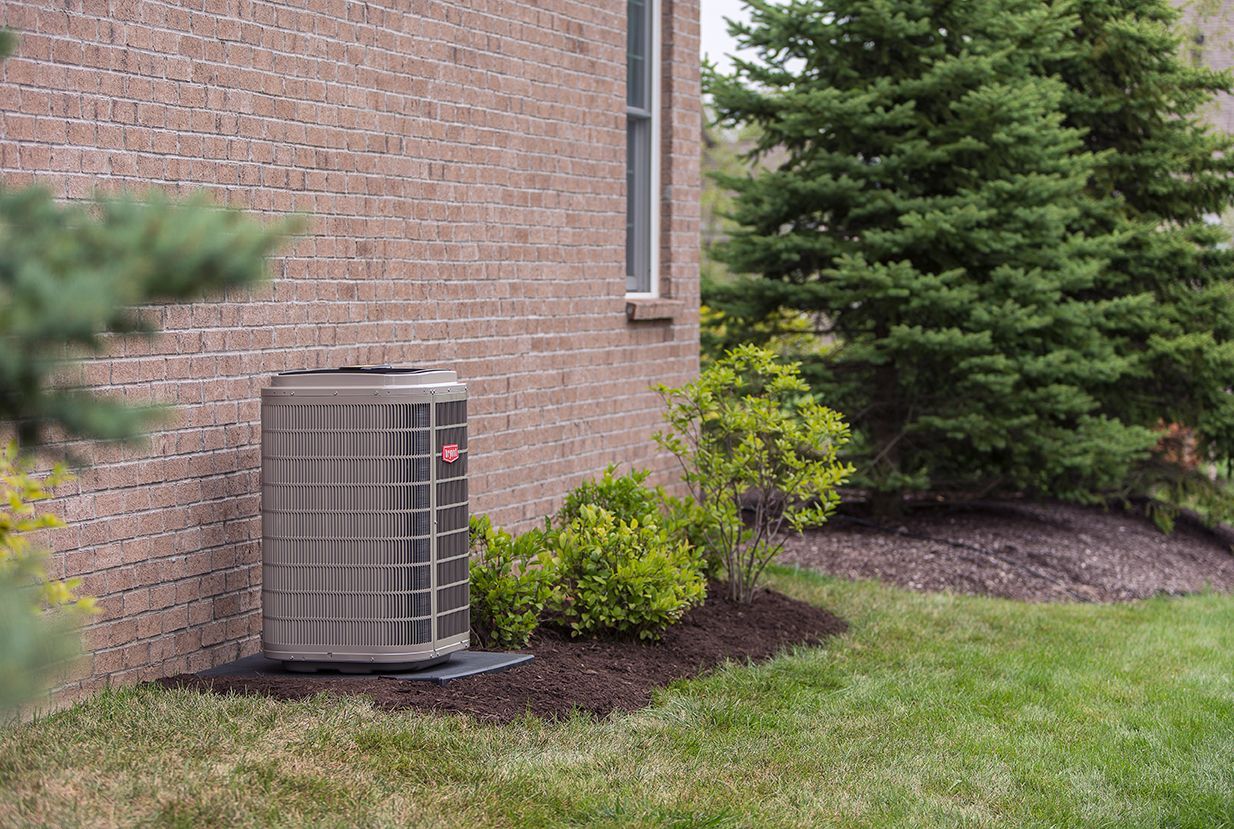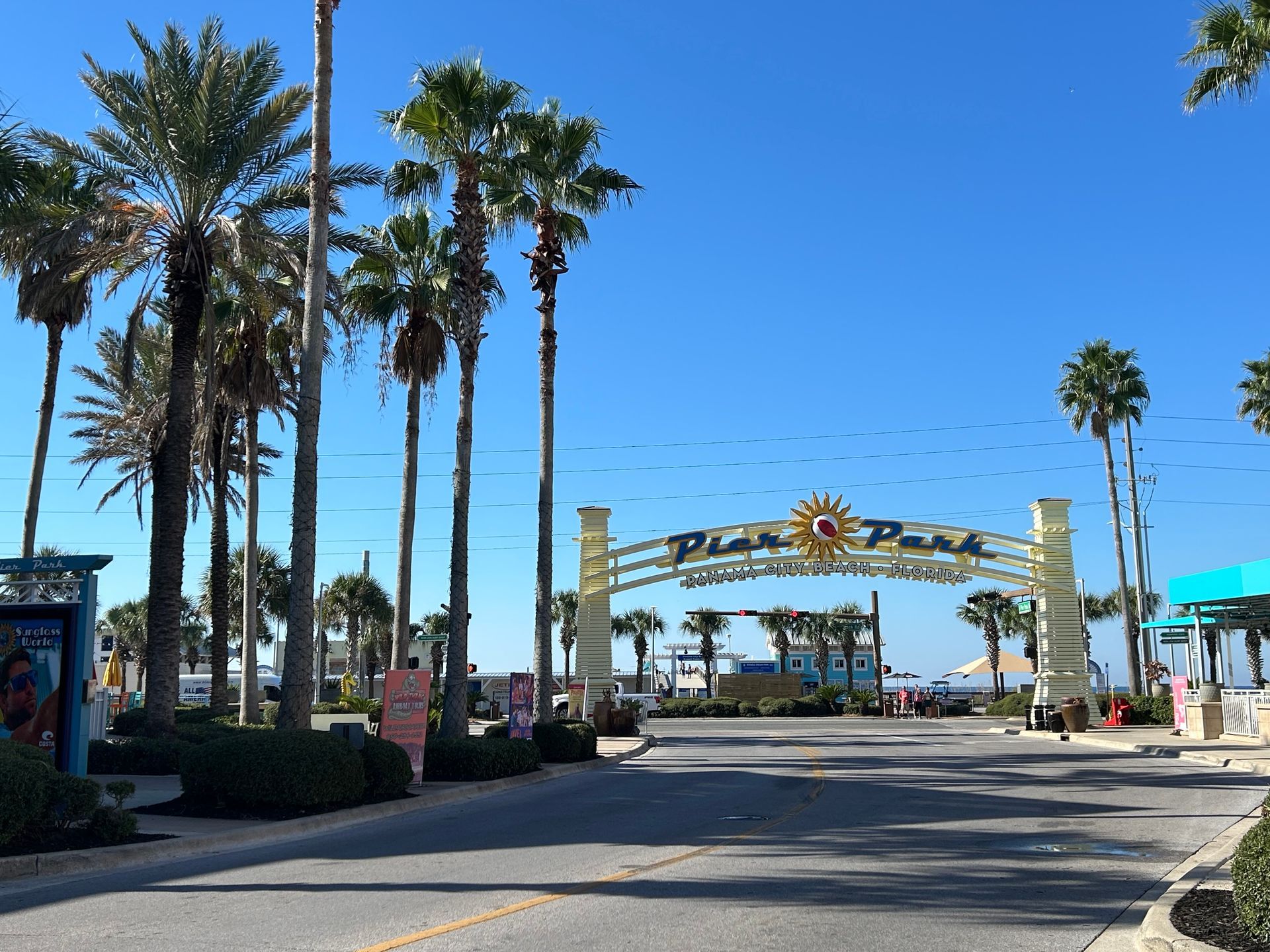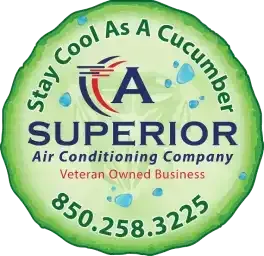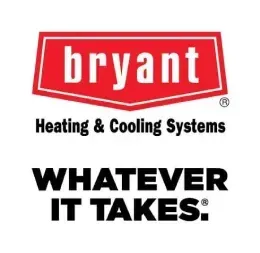By Josh Heverly
•
October 26, 2025
Bay County’s long cooling season, seabreeze humidity, and frequent summer storms create perfect conditions for mold. The good news: the right HVAC strategy controls moisture, protects your home, and keeps air healthier—without sky high energy bills. Here’s a practical plan tailored for Panama City, Panama City Beach, Lynn Haven, Callaway, and surrounding communities. Know the Targets: RH and Dew Point Mold needs moisture. Keep indoor relative humidity (RH) at 50–55% or lower and try to maintain indoor dew point under ~60°F. A $10–$20 hygrometer in a few rooms tells you if your home is trending too damp, especially after storms or power blips. Step 1: Tune the AC for Dehumidification Airflow & sizing: Oversized systems cool fast but remove less moisture. We verify load (Manual J) and airflow (cfm/ton) so the coil stays cold long enough to pull water from the air. Fan setting: Use AUTO, not constant “ON,” which can reevaporate water off the coil back into the ducts. Coil cleanliness: Dirty evaporators and clogged filters slash latent (moisture) removal. Routine cleaning and the right filter cadence matter. Step 2: Add a WholeHome Dehumidifier Your AC isn’t a dehumidifier. A dedicated wholehome unit tied into the return/ supply handles shoulder seasons, rainy spells, and nights when temperatures drop but humidity stays high. We set it to maintain ~50% RH without overcooling the house. Step 3: Seal the Envelope the Right Way Duct sealing & insulation: Leaky or uninsulated attic ducts pull hot, wet air into the system and sweat at the boots—prime mold spots. We seal with mastic (not cloth tape), insulate, and correct crushed or sagging flex. Tight returns: Return leaks in attics or garages are a hidden moisture source. Ventilation: In Bay County, balanced ventilation via an ERV (energy recovery ventilator) tempers incoming air and limits moisture spikes better than simple outside air taps. Step 4: Manage Condensate and Hidden Moisture Clear drains & pans: Float switches, clean outs, and proper slope prevent overflows that soak drywall and closets. Attic checks: Insulate metal boots, fix air leaks, and address “ghosting” (dust lines at studs) that signals infiltration. Bath & laundry: Exhaust fans should actually move air; we verify flow and recommend humidity sensing timers. Step 5: Filtration & Coil Protection Filters: Rightsized MERV 11–13 (if your system can handle it) captures spores and dust that feed mold. UV on the coil: UVC lights keep the wet coil surface cleaner between services, reducing biofilm growth. (They’re for surfaces—not wholeroom sterilization.) After Water Intrusion or a Storm Dry fast. Run AC in Cool with AUTO fan and operate your dehumidifier continuously until RH falls below 55%. Visible mold larger than a small patch or any flooded air handler/ducts warrants professional remediation and HVAC inspection before restart. Why Homeowners Choose A Superior Air Conditioning Company We’re a local, veteran owned team that designs coast already, mold resistant solutions: correct sizing and airflow, whole home dehumidifiers, duct sealing, condensate safeguards, and maintenance plans that keep RH in check. We document temperature split, static pressure, and RH so you see real progress—not guesses. Concerned about humidity or musty odors? Schedule a moisture and HVAC performance assessment with A Superior Air Conditioning Company. We’ll pinpoint the cause and implement a plan that keeps your Bay County home drier, cleaner, and more comfortable year-round. Inspecting Your Ductwork After a Hurricane Storm A Superior Air Conditioning Company When a hurricane powers through the Gulf Coast, the most expensive HVAC damage is often hidden—inside your ductwork. Floodwater, wind driven rain, salt spray, and debris can leave ducts wet, leaky, contaminated, and inefficient. Here’s a clear, homeowner safe guide to assess your system and decide what to fix or replace. Safety First Keep power off to the air handler if flooding is suspected. Do not start a flooded system. Watch for electrical hazards, sagging ceilings, and contaminated water. Wear gloves, eye protection, and a quality mask if you enter attics or crawlspaces. Document everything with photos for insurance. Where to Look Air handler/closet: Check the drain pan, float switch, and cabinet for standing water, rust lines, or oily residue. Attic or crawlspace ducts: Inspect flex runs for kinks, crushing, torn outer jackets, loose straps, or separated collars at the plenum and boots. Metal ducts and boots: Look for open seams, missing mastic, corrosion, and gaps where the boot meets the drywall. What Counts as Damage Water intrusion: Wet or sagging duct insulation, damp liners, or water in supply boots. Persistent musty odors from vents are a red flag. Disconnections & leaks: Gaps at takeoffs, plenum seams, or return drops can pull hot, humid, dusty attic air into the system, driving mold and high bills. Contamination: Sand, insulation fibers, rodent debris, or salt residue carried by wind and surge. Crushed airflow: Flattened flex or tight bends that starve rooms of supply air. Quick Checks (No Special Tools) With the system off , remove a few supply registers and flashlight the first 1–2 feet. Look for moisture, dirt lines, or microbial growth. Inspect return grilles; dirty streaks around grilles often indicate leaks on the return side. Only after you’re sure everything is dry and safe, turn the system on and listen for whistling (leaks) and feel for unusually weak airflow. Do’s and Don’ts Do seal small air leaks with mastic or UL181 foil tape (never cloth “duct tape”). Do replace soggy insulation around boots and repair ceiling gaps to stop infiltration. Don’t “sanitize” flooded flex duct —replacement is typically the correct remedy because moisture penetrates the liner and insulation. Don’t run the fan on “ON” continuously during drying; use AUTO so moisture doesn’t reevaporate from the coil back into the ducts. Restore IAQ and Efficiency Bring indoor RH below ~55% using AC (on COOL, fan AUTO) and, ideally, a wholehome dehumidifier. For metal ducts that weren’t flooded but collected debris, consider professional cleaning to recognized standards and then reseal and re-insulate. Balance airflow and verify performance (temperature split, static pressure) after repairs. Harden for the Next Storm Elevate and secure the air handler; add float/overflow switches. Use corrosion resistant boots and properly supported flex with long, smooth bends. Seal ducts with mastic, not tape; insulate with a vapor barrier jacket. Add surge protection and schedule routine coil and drain maintenance. How We Can Help A Superior Air Conditioning Company provides post-storm duct inspections, moisture and performance testing, written documentation for insurers, leak sealing (mastic/UL181), flex and boot replacements, dehumidification solutions, and IAQ restoration for homes and rentals across Bay County. Need a professional eyes on after the storm? Schedule an inspection and protect your comfort—and your air.






